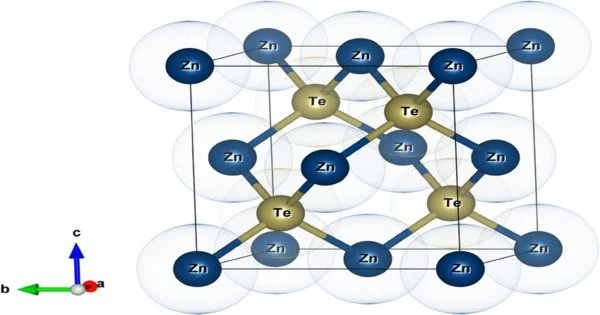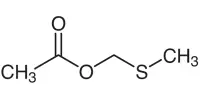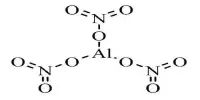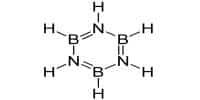Zinc telluride is a binary chemical compound with the formula ZnTe. This solid is a semiconductor with a direct band gap of 2.26 eV. It is usually a p-type semiconductor. It has a cubic crystal structure, similar to sphalerite and diamond.
Because zinc telluride is easily doped, it is one of the most commonly used semiconducting materials in optoelectronics. ZnTe is critical for the development of a wide range of semiconductor devices, including blue LEDs, laser diodes, solar cells, and microwave generator components.
Properties
- Chemical formula: ZnTe
- Molar mass: 192.99 g/mol
- Appearance: red crystals
- Density: 6.34 g/cm3
- Melting point: 1,295 °C; 2,363 °F; 1,568 K
- Band gap: 2.26 eV[2]
- Electron mobility: 340 cm2/(V·s)
- Thermal conductivity: 108 mW/(cm·K)
- Refractive index (nD): 3.56
- Crystal structure: Zincblende (cubic)
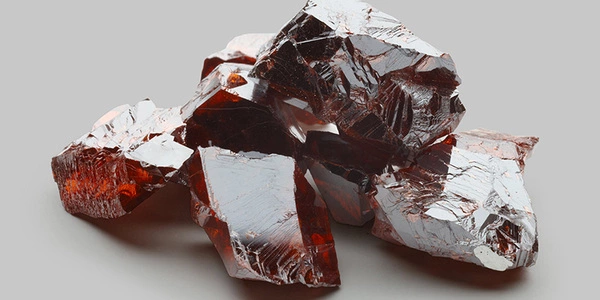
Properties
STM images of the ZnTe(110) surface, taken at different resolutions and sample rotation, together with its atomic model.
When refined by sublimation, ZnTe appears as grey or brownish-red powder or ruby-red crystals. Zinc telluride is typically prepared as cubic crystals, but it can also be prepared as rocksalt crystals or hexagonal crystals. In the presence of oxygen, a strong optical beam burns. Because of its 0.6101 nm lattice constant, it can be grown with or on aluminium antimonide, gallium antimonide, indium arsenide, and lead selenide. It can also be grown on other substrates such as GaAs with some lattice mismatch, and it can be grown in a thin-film polycrystalline form on substrates such as glass, for example, in the manufacture of thin-film solar cells. It has lattice parameters a = 0.427 and c = 0.699 nm in the wurtzite (hexagonal) crystal structure.
Applications
- Optoelectronics
Because zinc telluride is easily doped, it is one of the more common semiconducting materials used in optoelectronics. ZnTe is important in the development of various semiconductor devices, such as blue LEDs, laser diodes, solar cells, and microwave generator components. It can be used in solar cells as a back-surface field layer and p-type semiconductor material in a CdTe/ZnTe structure or in PIN diode structures, for example.
- Nonlinear optics
In time-domain terahertz spectroscopy and terahertz imaging, zinc telluride and lithium niobate are frequently used to generate pulsed terahertz radiation. When a crystal of this material is exposed to a high-intensity light pulse of sub-picosecond duration, it emits a terahertz pulse via a nonlinear optical process known as optical rectification. When a zinc telluride crystal is exposed to terahertz radiation, it exhibits optical birefringence and changes the polarization of transmitting light, transforming it into an electro-optic detector.
Vanadium-doped zinc telluride, or “ZnTe:V,” is a non-linear optical photorefractive material with potential applications in sensor protection at visible wavelengths. ZnTe:V optical limiters are lightweight and compact, lacking the complicated optics of traditional limiters. ZnTe:V can block a high-intensity laser dazzler jamming beam while still passing the lower-intensity image of the observed scene. It can also be used in laser optical phase conjugation devices, holographic interferometry, and reconfigurable optical interconnections.
